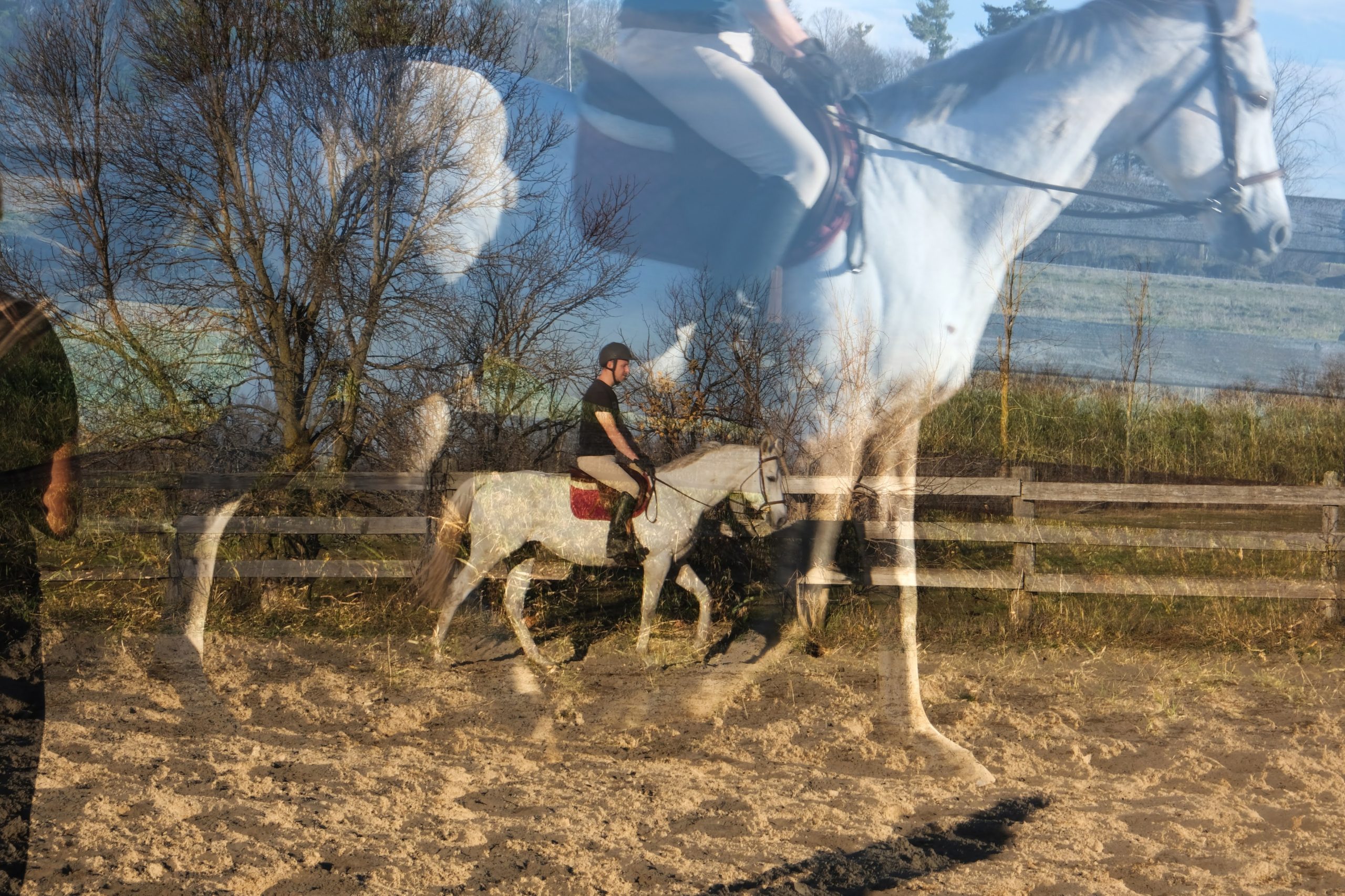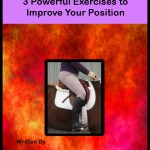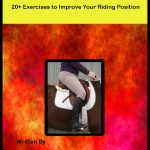Tips for Mastering the Rising Trot – Feel the horse
No More Bouncing – Follow These Easy Tips to Master the Rising Trot
If you are a new rider one of the land marks of success is learning to master the rising trot. Wobbly legs, slapping seat is replaced with synchronicity. If you have already mastered it, you can move onto step 2 – rising trot without stirrups. Something all riders should do on a regular basis.
Tips For a Perfect Rising Trot
Most riders when starting out put too much effort into the rising. They press onto their stirrups, and stand up as far as they can. This can sustain them for only a short time as their legs get tired and new riders do not ‘go with the flow’.
You must admit you have to FEEL the horse to do a posting trot correctly. By feel I mean:
- understand how horses move their legs while trotting
- how your body should move while trotting
- and how these movements fit together.
How Horses Move Their Legs While Trotting
You will notice the horse moves his near fore and off hind (left front and right back) together followed by the off fore and near hind (right front and left hind). You can see there is a period of suspension where there are no legs touching the ground. This gives the trot the rythmic 1 – 2 – 1 – 2 – 1 – 2 we often think of when trotting.
When the horse is in its “period of suspension” the horse pushes you up and forward. Horses with more suspension have a larger ‘push’ up and forward. And you seem to be in the air for longer.
Some ponies, for example, have little suspension, and some bigger, warmblood types have huge suspension. This suspension, this push is what allows us to rise and do a posting trot.
How Riders Should Move at a Posting/Rising Trot
Most riders put too much effort into their riding. Think of letting the horse PUSH you out of the saddle. Standing up in the stirrups does not allow you to feel what the horse is doing underneath you. You do not want to bring your behind to far forward or too far out of the saddle. Think of “brushing the crotch of your pants against the seat of the saddle”. This is how one person explained it to me.
Instead of thinking up – down – up – down, think of bringing your bum slightly forward and have the crotch of your riding pants lightly brush the saddle.
HOw These Movements Fit Together
Please review this lovely video on How these two movements should fit together.
Do you have tricks to help you post? We’d love to hear from you.
Exercises to Help Feel the Rising Trot
My favorite exercises to assist with feeling the rising trot is what I call the UP-UP-Down exercise.
- Start in 2-point or jumping position. Establish a trot in your 2-point or jumping position.
- Once you have established your trot count, up – up – down – up – up – down – up – up – down. This means Stand in your stirrups in 2 point for 2 beats (up – up) then back to 3-point for 1 beat (down).
So rather than going up- down – up – down for your normal rising trot, go up – up – down – up – up – down. - This forces you to feel the horse’s rhythm, rather than mechanically going up and down. You will find your balance becomes more secure and you become more stable over your leg.
Try it! Let me know how you made out and send some pictures (or even a video!).
Sign up for the newsletter. People tell me they have gotten valuable information from it. Loads of tips and helpful exercises.If you’re looking for some specific help with with something, I’ll send you some free tips from my newest course, send me an email (ThistleRidge@hotmail.com).


 Try these three powerful exercises to get strengthen your position.
Try these three powerful exercises to get strengthen your position.
